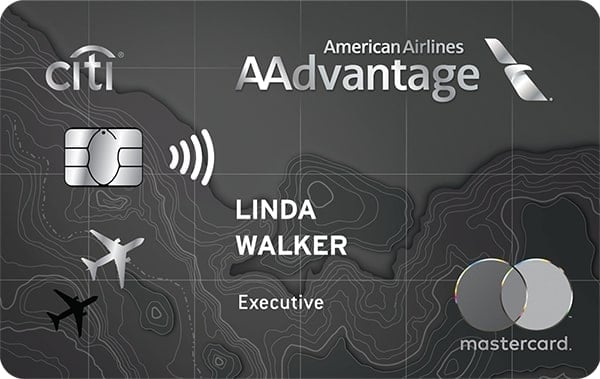Airport Lounges Can Be Great — but Manage Your Expectations
Lounges can be overcrowded, but if you know the rules and go often enough, it's still worth it.
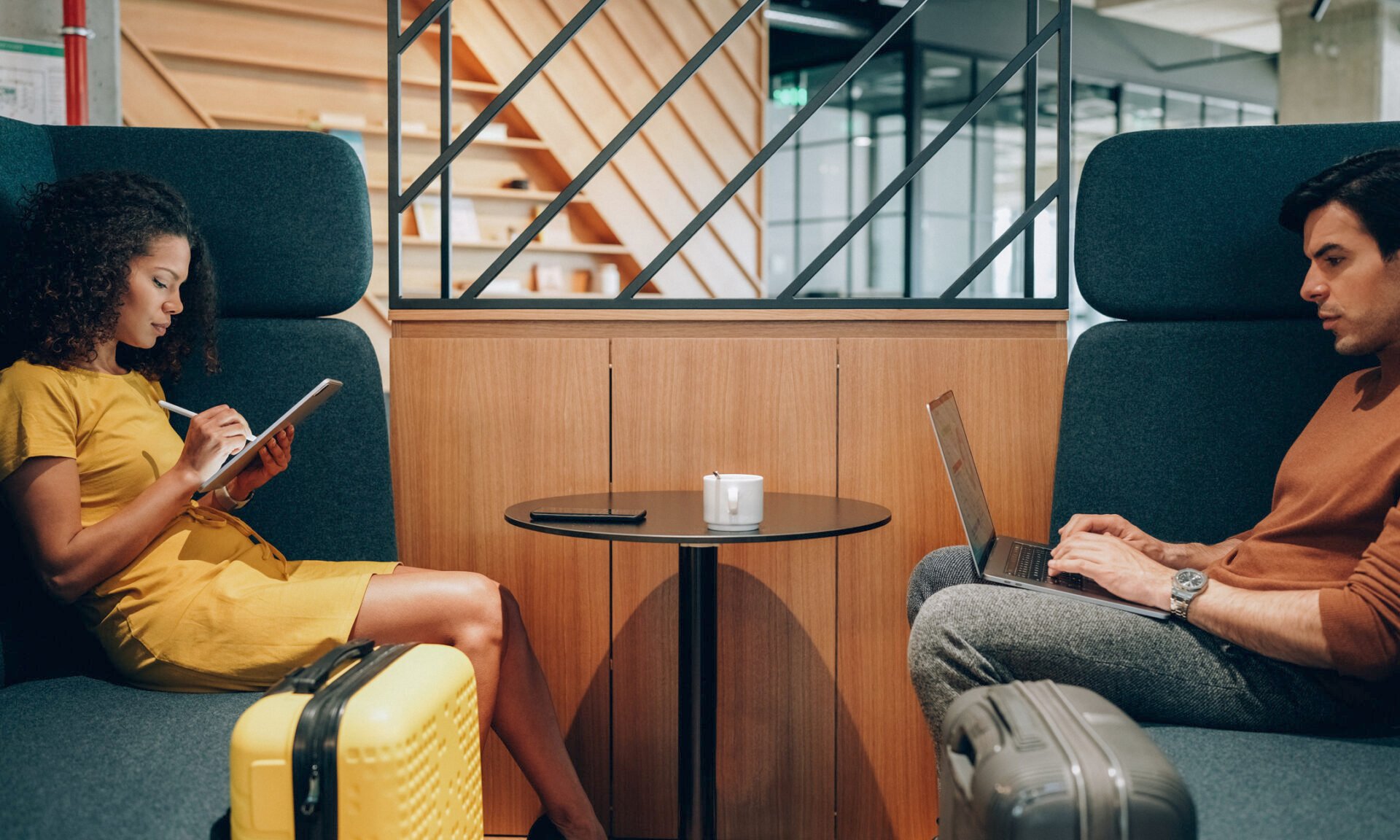
Many or all of the products on this page are from partners who compensate us when you click to or take an action on their website, but this does not influence our evaluations or ratings. Our opinions are our own.
The first time I visited an airport lounge was in 2015, when I stopped by the AmEx Centurion Lounge on my way out of Las Vegas. I was skeptical of the hype I had read online beforehand, but after a hearty meal, a tumbler of Scotch and an hour of tranquil pre-flight reading in a windowside chaise, I was a believer.
In the decade since, I’ve visited dozens of lounges in countries across the globe, and I've seen how they have evolved. Some still provide that tranquil experience that drew me in the first place. Others are overrun by air travelers trying to grab a plate of sad salad and a weak-but-free drink at the bar.
Airport lounges have come under fire lately from travelers dissatisfied with overcrowding, rising costs and lackluster amenities. While those complaints have merit, they say as much about how inflated expectations of lounges have become as they do about the state of airport lounges themselves.
The complaints about airport lounges
Lounges are commonly marketed as oases of luxurious calm in the storm of hectic airport terminals, but the reality isn’t always so shiny. Here are several ways lounge access commonly falls short of what’s advertised.
Lounges are too full
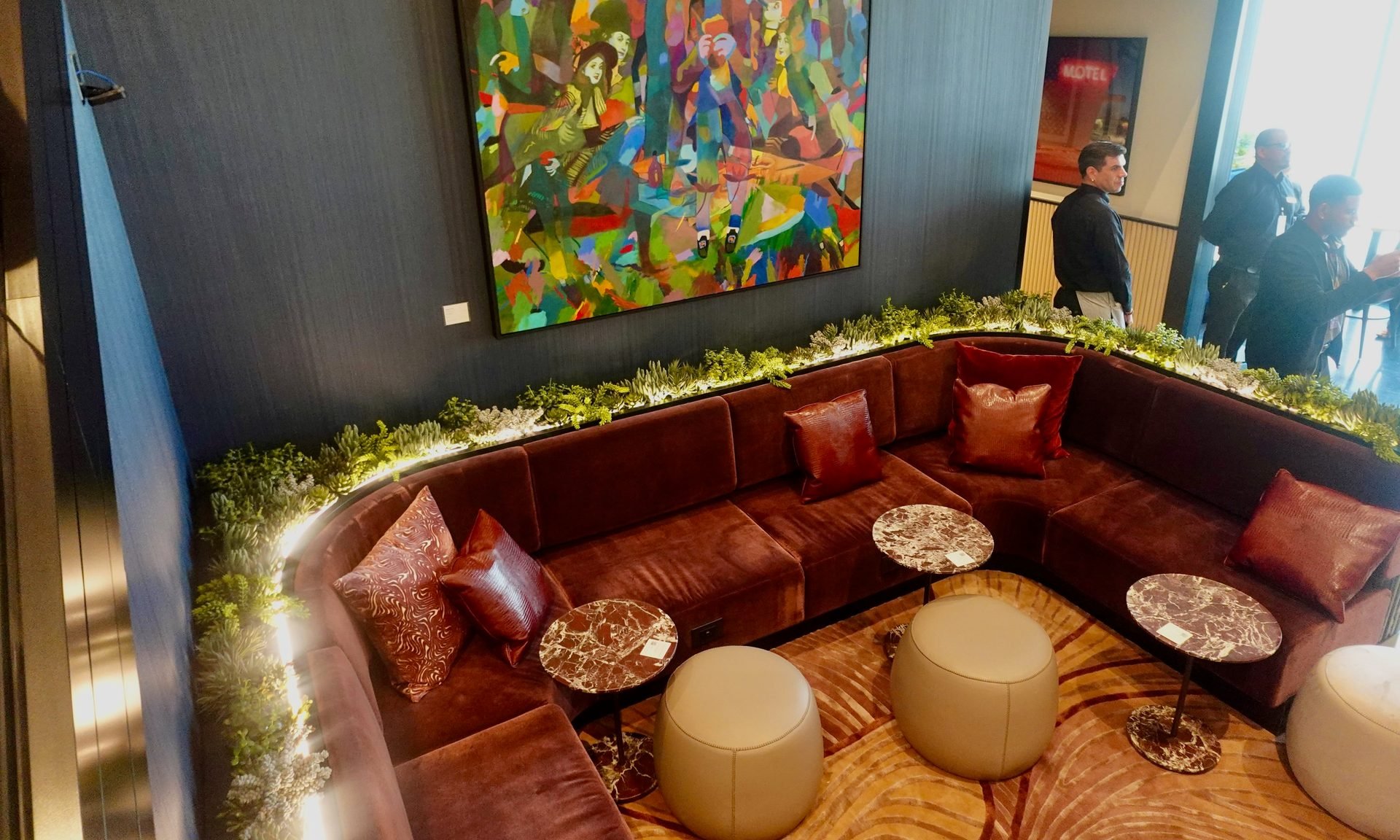
Demand for lounges has soared in recent years. For example, Priority Pass, a lounge network that’s a staple of premium travel credit cards, saw a 31% increase in visits across its network from 2023 to 2024.
Lounge networks have been expanding to meet the growing demand. In 2025, a slew of new lounges opened in the U.S., including a new Capital One lounge in Las Vegas, new Virgin Atlantic Clubhouse in Los Angeles, a new Delta Sky Club and Delta One lounge in Seattle, a new AmEx Centurion Lounge in Salt Lake City and the rather opulent Chase Sapphire Lounge Las Vegas.
But credit card issuers seem to be minting lounge-goers faster than new lounges can be built to accommodate them. This has led to increasingly crowded facilities and lines at the door to get in.
Lounges have taken steps to try to combat overcrowding, like tightening eligibility requirements, setting time limits on stays and restricting visits by cardholders' guests. But in my experience, the more desirable lounges still routinely operate at or near capacity.
The lounge experience loses some of its appeal when it involves searching the entire space for a vacant seat and standing elbow to elbow in a buffet line.
But the reality is that travelers should expect the crowds at airport lounges. In many cases, the lounge is still a more comfortable place to sit, rather than an old and loud terminal where there aren't enough seats near the gate.
‘Access’ doesn’t guarantee admission
Overcrowding isn’t the only obstacle to getting in the door. Just because you have a travel credit card with lounge access doesn't mean you can visit whenever and however many times you want.
Some lounges (including both AmEx Centurion Lounges and Chase Sapphire Lounges) are only available to travelers on departing flights, and can’t be accessed by people on arriving flights unless they are making a connection at the airport. Both those networks and Priority Pass lounges also generally limit access to within three hours of a departing flight.
Lounges may also restrict access based on the time of day. For example, the Lufthansa Business Lounge in Detroit’s Evans Terminal is open to Priority Pass members — but not from noon to 4 p.m. As someone who regularly flies out of Detroit in the late afternoon, that's left me with my nose pressed against the glass.
Finally, guest policies vary widely, so even when you have access to a lounge, your travel companions might not. Unless you’re prepared to ditch your friends or family, your lounge privileges are functionally null when traveling with them.
Unimpressive amenities
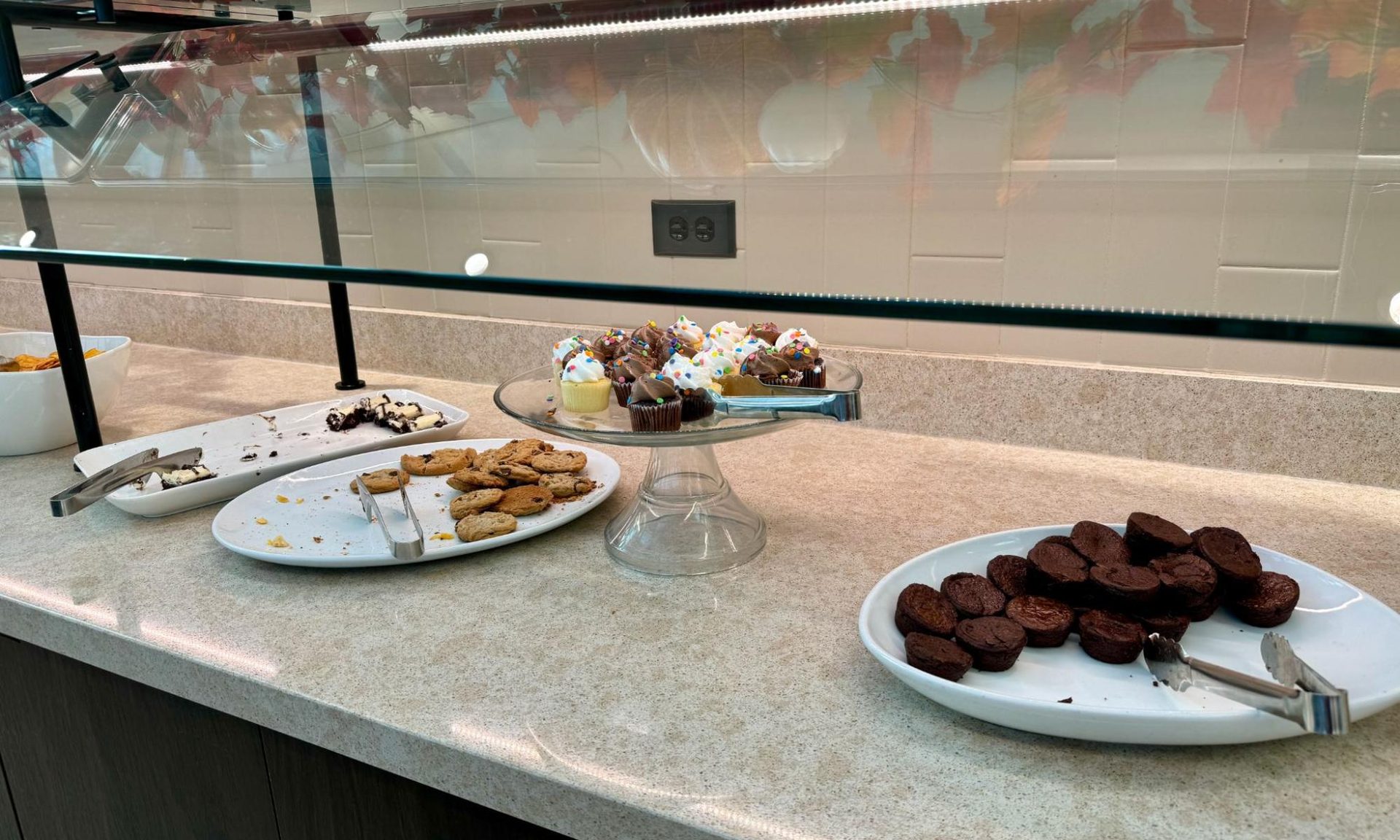
Like many aspects of travel, the airport lounge experience varies widely. The best lounges in the U.S. offer luxuries like full-service meals and handcrafted cocktails, daybeds, shower suites, spa treatments and exercise rooms. On the other end of the spectrum, some lounges offer little more than soda, Wi-Fi and a place to sit.
There’s nothing inherently wrong with a lounge that’s light on amenities. The problem lies in the disparity between expectations and reality. Sometimes, travelers might have unrealistic expectations based on advertisements in the terminal or videos of a lounge they saw on social media. When their experience doesn't match, a lounge visit can feel like a letdown even if it’s objectively pleasant.
‘Complimentary’ is not the same as free
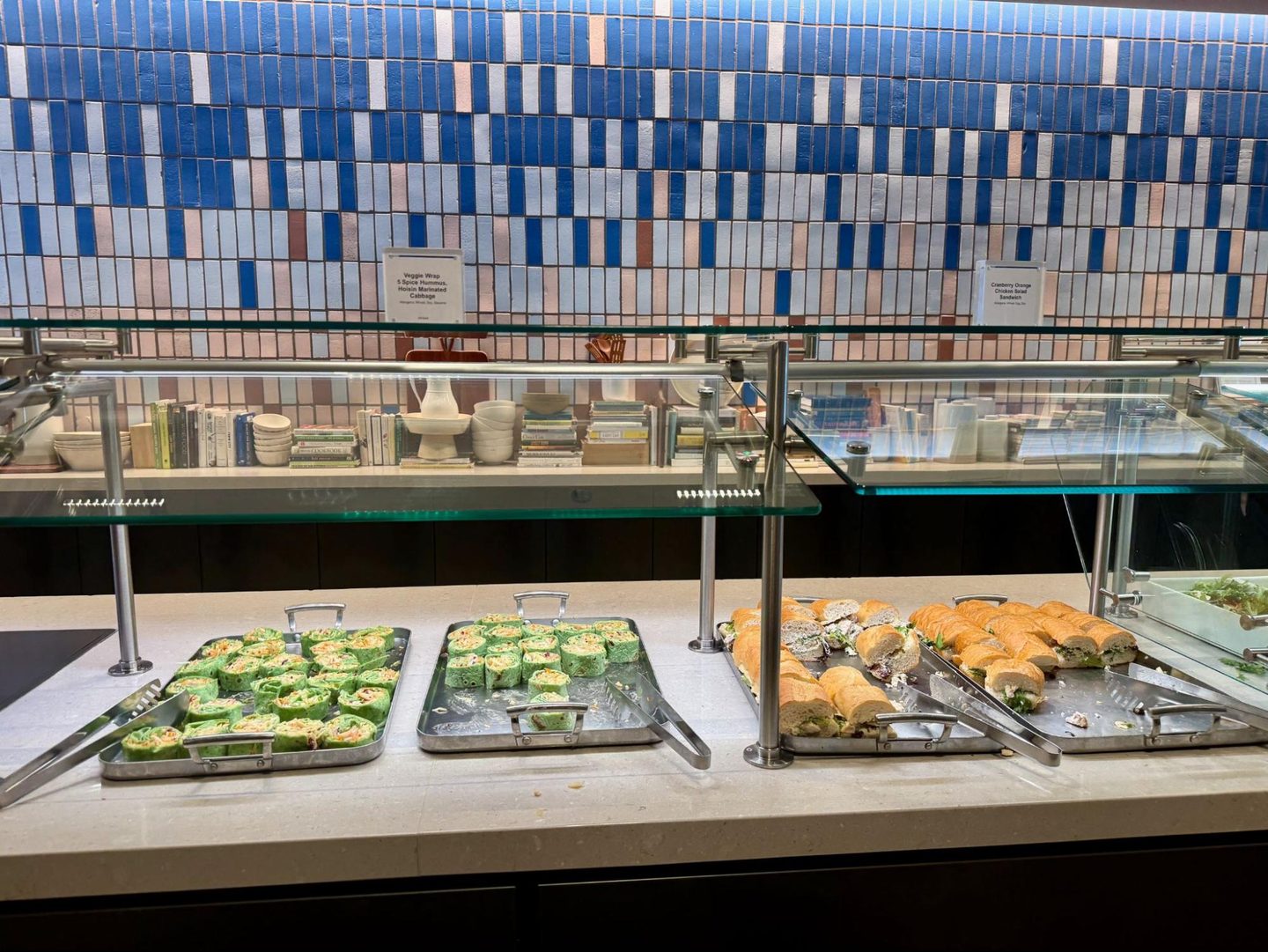
In all my airport lounge visits over the past decade, I’ve never paid an entry fee — yet I've still paid for each visit. Many of the credit cards I have come with the benefit of complimentary lounge access, but even though no money is exchanged at the door, I still effectively pay for the privilege by virtue of the annual fees I’m charged as a cardholder. The same goes for lounge access granted by a club membership or for flying in a premium cabin. The cost of entry may be obscured, but that doesn’t mean access is free.
Still, most credit cards that offer Priority Pass lounge access carry annual fees in the $400 to $800 range, but they also come with other perks that can help offset those fees. Accounting for the full suite of benefits on my American Express Platinum Card®, I estimate my cost of lounge access to be around $120 annually. Averaging around 20 visits per year, I’m effectively paying $6 each time I go to a lounge, which is less than the typical cost of an airport coffee.
Those numbers are highly subjective, but lounge access can be valuable even if you estimate a moderately higher cost or expect to use it less often.
How to make the most of airport lounge access
Whether you’re interested in lounge access or already have it, a bit of planning will set you up for more positive experiences and fewer disappointments.
Get access that meets your specific needs
If you’re thinking about getting a credit card that offers lounge access, consider how lounge use will mesh with your travel tendencies. Check out lounge options in the airports you visit most frequently, and think through what using them would entail.
For example, if you fly through JFK a lot, you might be enticed by the presence of the Chase Sapphire Lounge in Terminal 4. But if you mostly fly American Airlines, you’ll be flying in and out of Terminal 8. Moving between them means extra trips through security, so visiting the Admirals Club in Terminal 8 would be more convenient.
Plan ahead
A little research will help you decide whether visiting a lounge is worthwhile. You can learn a lot about individual lounges without setting foot inside. Basic details like hours, amenities and guest policies can be found on the lounge operator’s website. For a better sense of what a lounge is really like in person, look for reviews.
Manage expectations
With a handful of exceptions, a trip to an airport lounge isn’t likely to evoke "Lifestyles of the Rich and Famous." If you’re expecting champagne and caviar, you’re setting the bar too high. But if you’re content with a bite to eat and a moderately restful place to hang out before a flight, lounges will usually come through.
How to maximize your rewards
You want a travel credit card that prioritizes what’s important to you. Here are some of the best travel credit cards of 2025:
- Flexibility, point transfers and a large bonus: Chase Sapphire Preferred® Card
- No annual fee: Wells Fargo Autograph® Card
- Flat-rate travel rewards: Capital One Venture Rewards Credit Card
- Bonus travel rewards and high-end perks: Chase Sapphire Reserve®
- Luxury perks: American Express Platinum Card®
- Business travelers: Ink Business Preferred® Credit Card
Article sources
NerdWallet writers are subject matter authorities who use primary,
trustworthy sources to inform their work, including peer-reviewed
studies, government websites, academic research and interviews with
industry experts. All content is fact-checked for accuracy, timeliness
and relevance. You can learn more about NerdWallet's high
standards for journalism by reading our
editorial guidelines.
Airport Lounge Cards from our Partners
Citi® / AAdvantage® Executive World Elite Mastercard®
Rewards rate 1x Miles
Intro offer 70,000 Miles
Chase Sapphire Reserve®
Rewards rate 1x-8x Points
Intro offer 125,000 Points
More like this
Related articles


